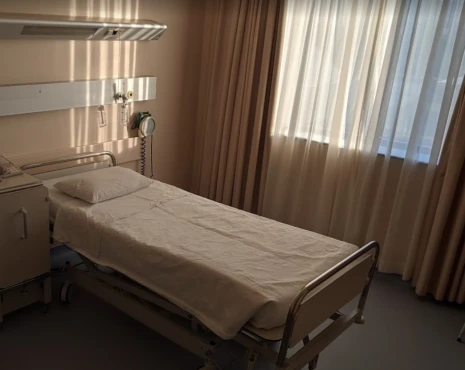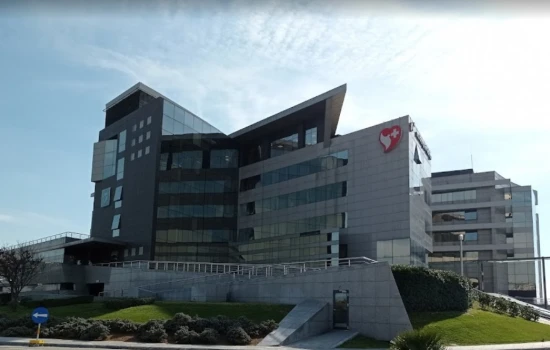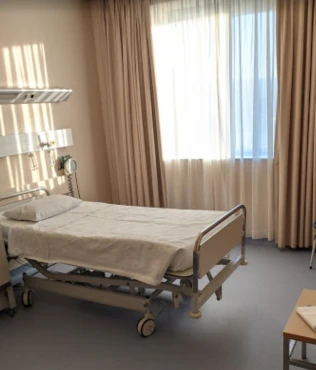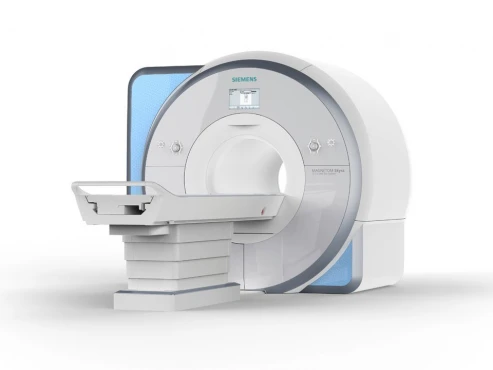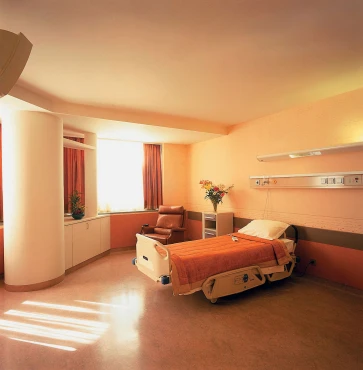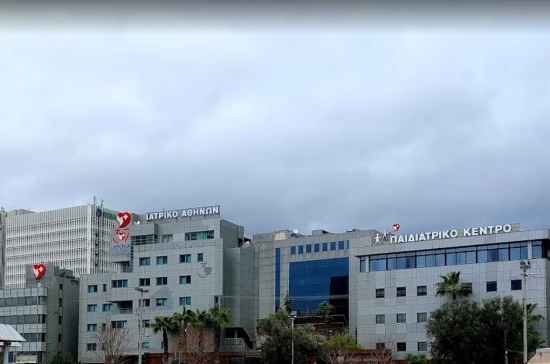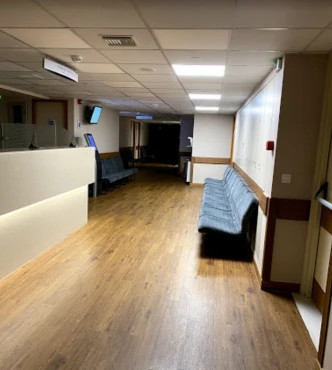Prostate cancer treatment in 1 Oncology clinic in Thessaloníki
1 clinic specializing in Oncology providing treatment of
Prostate cancer
Prostate cancer is a malignancy that develops in the prostate gland of males. It is one of the most common cancers among men and can cause urinary and sexual problems as the tumor grows. Early detection and treatment are crucial for better outcomes.
Read more...
disease in Thessaloníki.
Besides this clinic there are 2 Oncology clinics in Greece.
Such diseases are treated by European Interbalkan Medical Center (EIMC): Acute myeloid leukemia (AML), Adrenal cancer, Aggressive non-Hodgkin lymphoma (NHL), Anorectal cancer, Benign prostatic hyperplasia (BPH), and others.

2 nearby similar clinics in Greece
Perhaps you should consider 2 more clinics we have found nearby basing on your Location, Disease filters applied.




